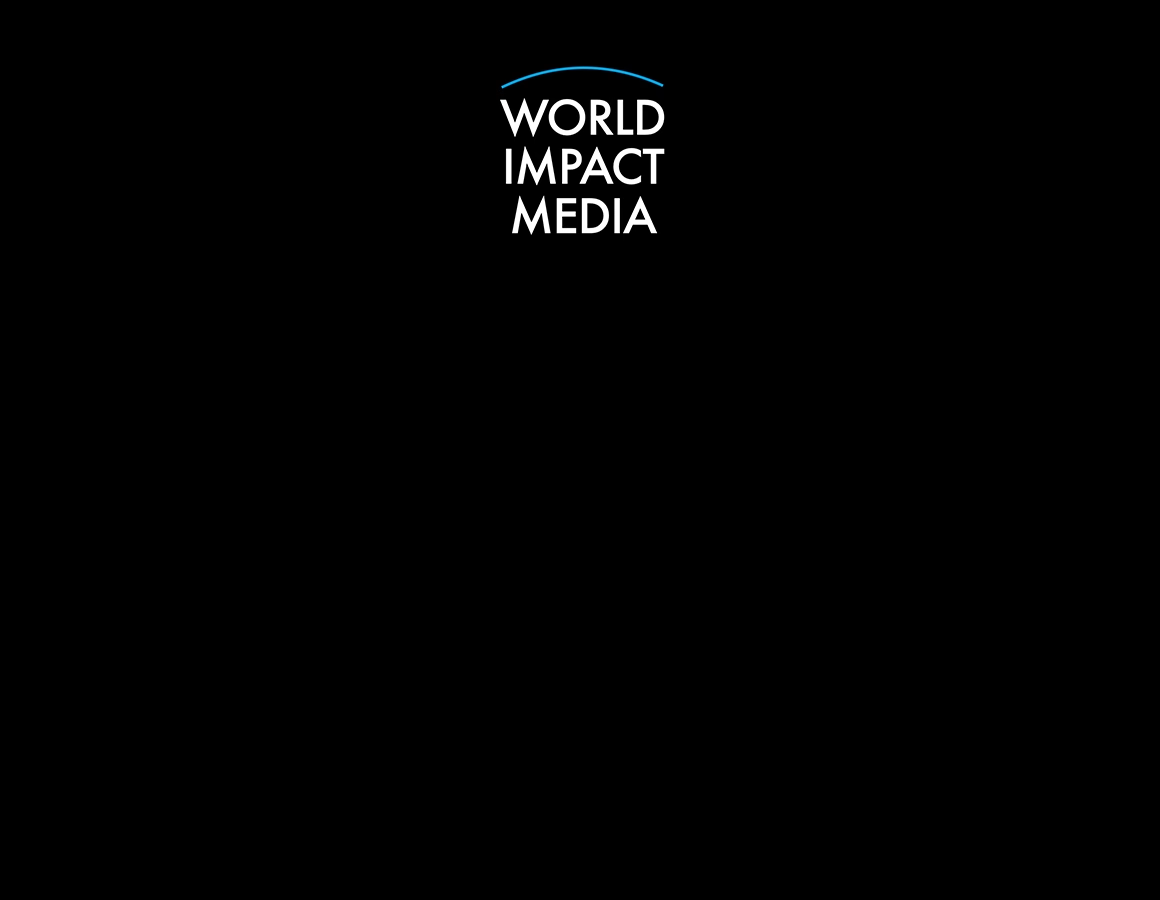For more than a century, technological revolutions promised one thing above all: time. Labor-saving machinery cut farm work from 60 hours a week to less than five. Software replaced paperwork. The internet eliminated millions of hours of physical transactions. Now artificial intelligence—particularly generative AI—is poised to deliver another wave of massive time savings. But as AI assumes more mental tasks, a deeper question is emerging: what happens to society when time is no longer constrained by productivity, but by purpose?
This is no longer a philosophical exercise; it is becoming an economic one.
A New Industrial Shift—This Time for the Mind
Unlike past innovations that automated physical labor, AI targets cognitive work—writing, brainstorming, coding, planning, legal drafting, design, customer service. Goldman Sachs estimates AI could automate 25% of total labor tasksin advanced economies. McKinsey calculates it could add $4.4 trillion annually to global GDP, driven primarily by time saved.
In corporate offices from New York to Singapore, white-collar workflows are being restructured. Marketing teams now produce campaigns in hours, not weeks. Financial analysts generate reports in seconds. Lawyers review contracts with AI copilots. Medical researchers are discovering drug compounds in months instead of years.
Yet, beneath the productivity boom is a complex dilemma: What becomes of all the hours AI frees?
Where Does Time Go in an AI Economy?
The corporate world is answering quickly: time saved is time redeployed for efficiency and margin gains. But history shows that time freed by technology doesn’t always translate to quality of life.
| Era | Innovation | Promise | Outcome |
|---|---|---|---|
| 19th Century | Steam power | Less manual labor | Urban factory work expanded |
| 20th Century | Home appliances | More leisure | Women entered full-time workforce |
| 21st Century | Internet + mobility | Remote efficiency | Work followed people home |
| AI Era | Cognitive automation | Less work stress | TBD |
In theory, AI could reduce the standard workweek. In practice, economists suggest many employers will convert productivity gains into more output—not more time off. AI may not make work disappear—it may intensify it.
The Psychological Cost of Efficiency
Time is not just a resource; it is a structure around which society organizes meaning. When AI absorbs repetitive tasks, what is left for humans is judgment, strategy, and creativity—precisely the domains most vulnerable to burnout.
Work psychologists warn that removing routine tasks doesn’t reduce stress—it often increases it. AI eliminates the simple tasks that give workers mental breaks during the day. What remains are high-stakes decisions and cognitive strain.
There is a risk that society may become time-rich but meaning-poor.
The AI Divide: Not Just Economic—Philosophical
If AI reshapes productivity, it may also widen a values divide between individuals and nations:
- Corporations will ask: How do we extract ROI from time savings?
- Governments will ask: How do we maintain employment and tax bases?
- Individuals will ask: What do we do when time is no longer controlled by labor?
Countries such as the UAE, Germany, and Singapore are already piloting productivity-linked social reforms that invest AI gains into national upskilling. Others risk falling into AI underclasses—societies where automation outruns human purpose.
The Future of Time
AI could redefine how societies allocate time across three domains:
- Work – output becomes leveraged, measured in insight rather than effort
- Learning – lifelong education becomes mandatory to remain employable
- Meaning – purpose shifts from labor to contribution
The defining economic question of this decade will be: Who captures the AI time dividend—employers, governments, or people?
What Comes Next
Policy and leadership decisions over the next five years will determine whether AI becomes:
| Scenario | Outcome |
|---|---|
| Productivity Trap | Workers are expected to do more with less; burnout rises |
| Prosperity Shift | AI productivity funds social programs and reduced workweeks |
| Work Renaissance | Humans focus on creativity, innovation, and problem-solving |
| Dislocation Crisis | AI advantages accrue to elites; inequality deepens |
Time may soon become the new social currency of the AI age. The challenge is not whether AI can save us hours—the challenge is deciding what those hours are for.
















